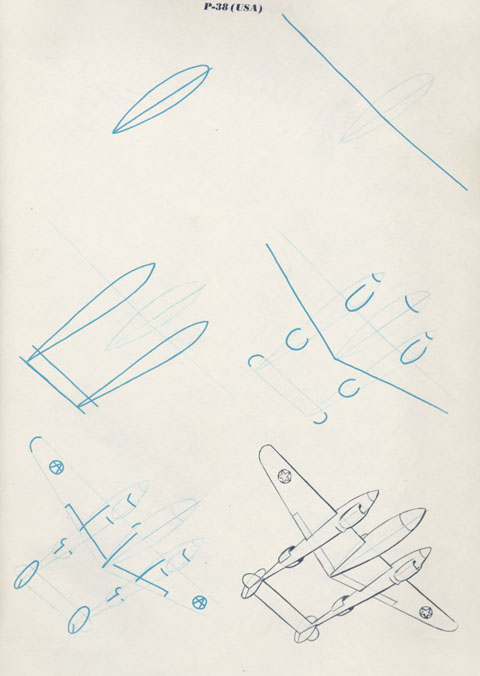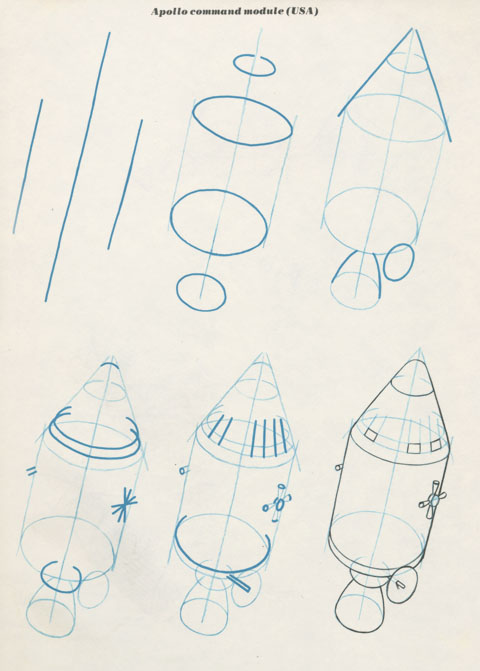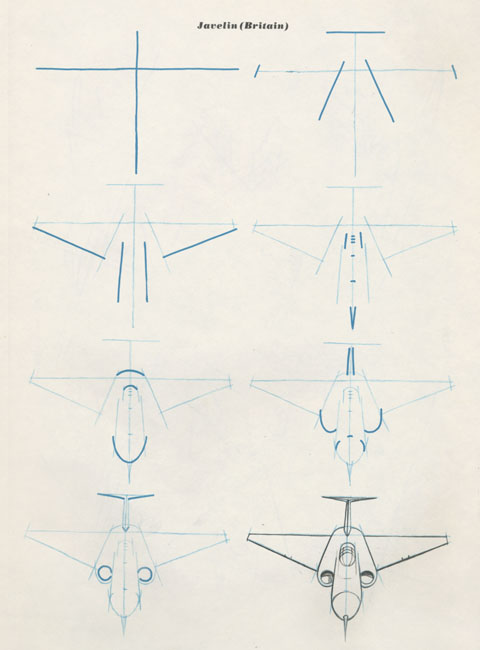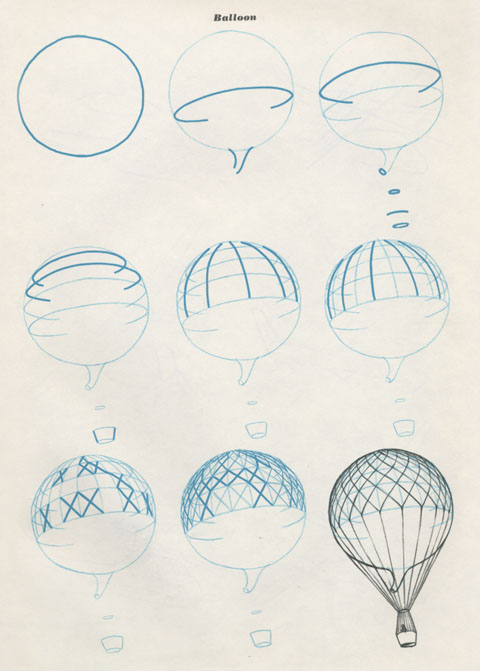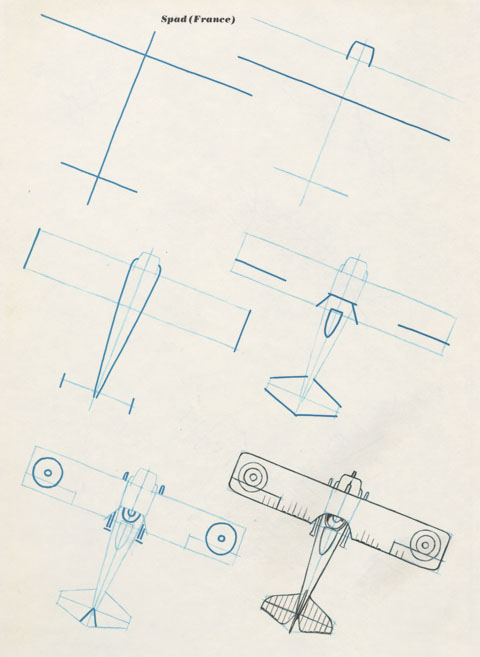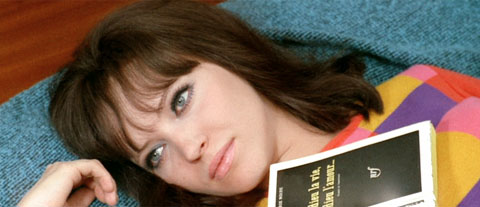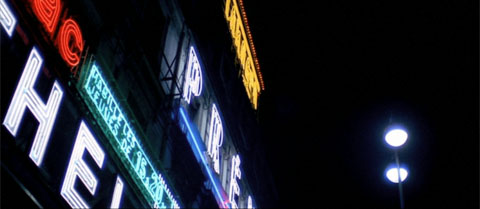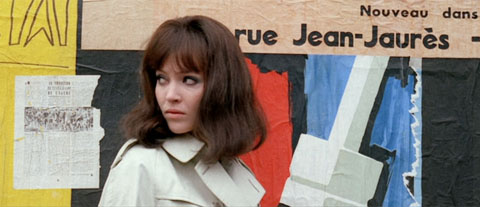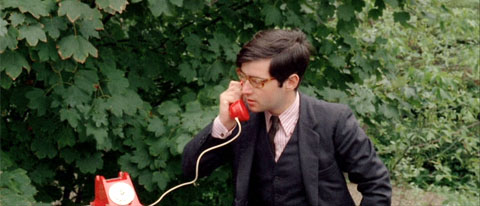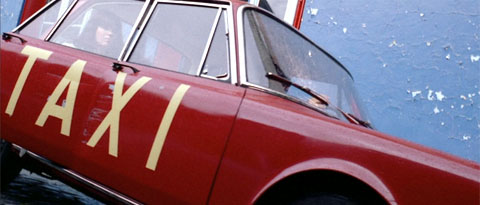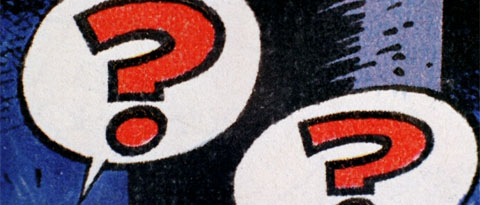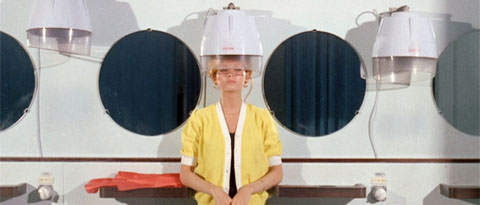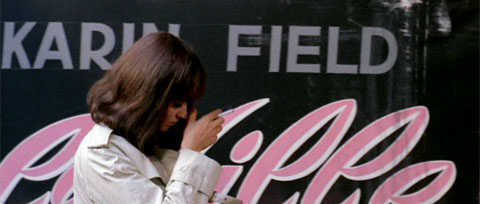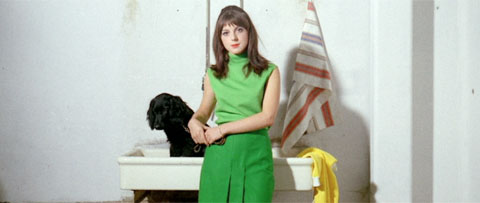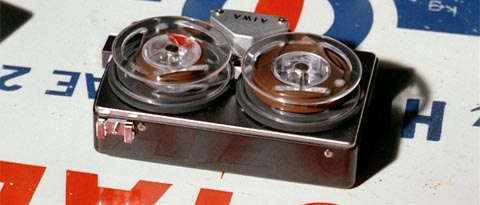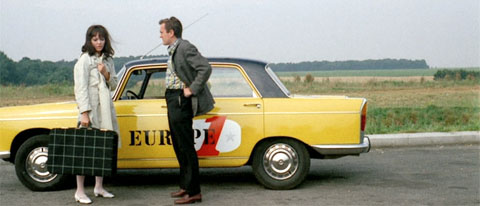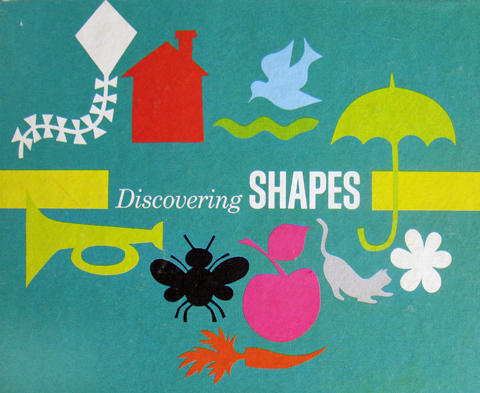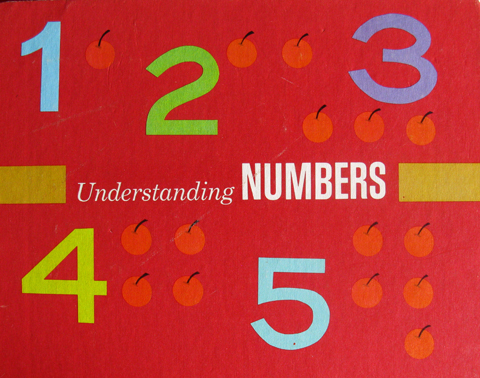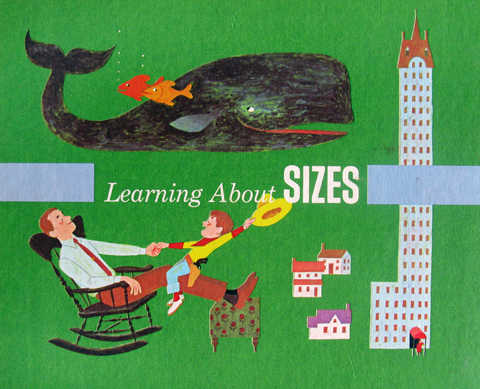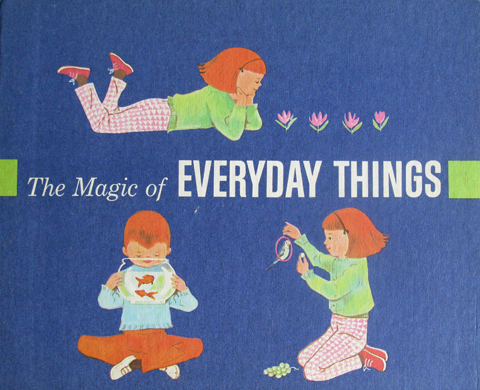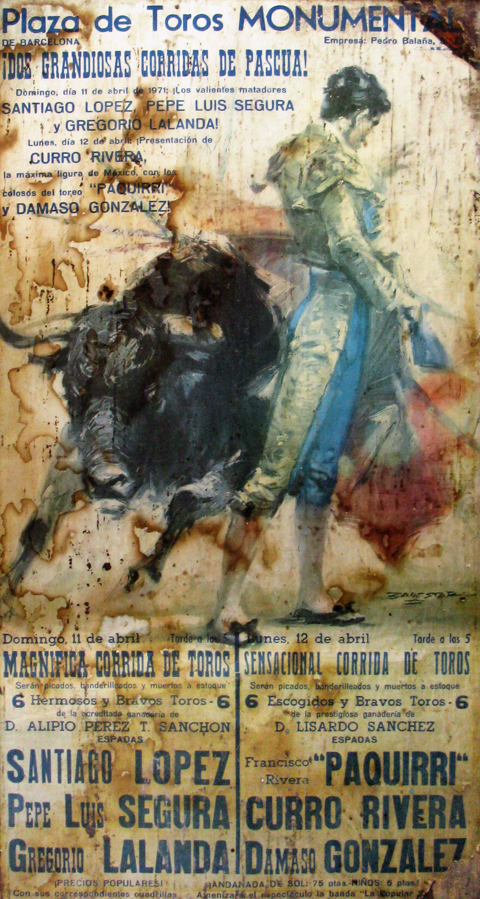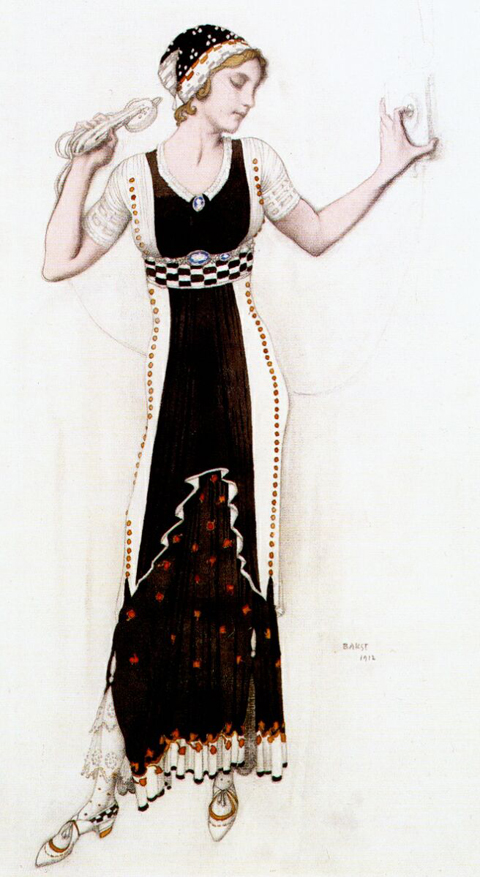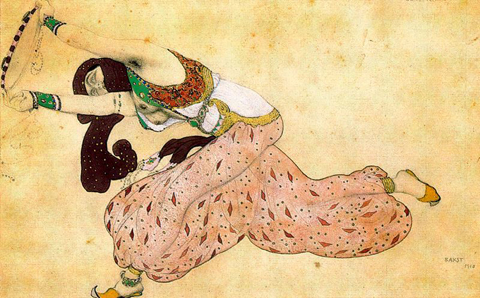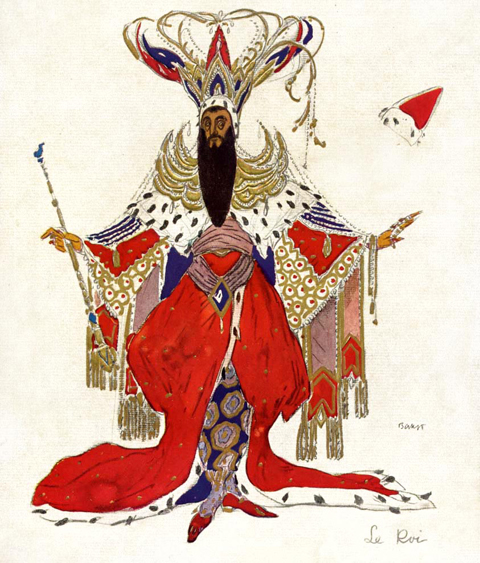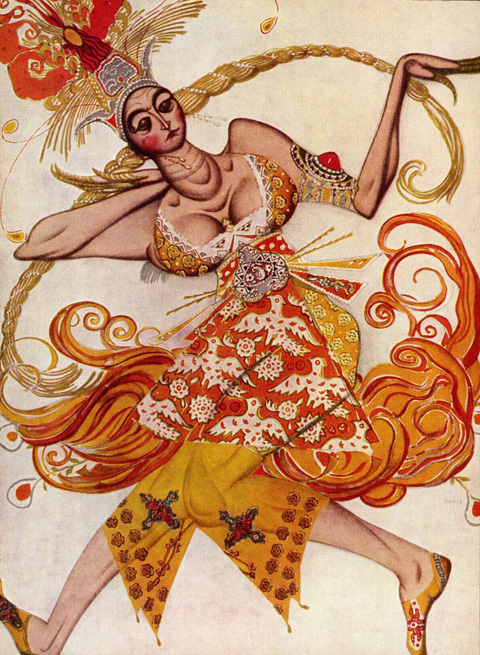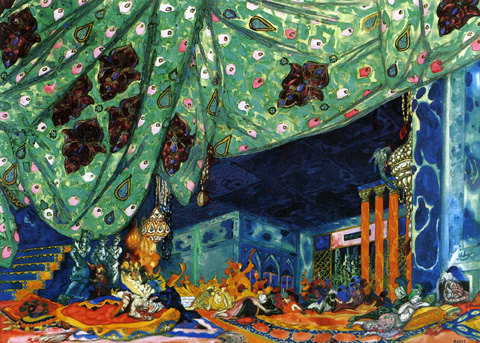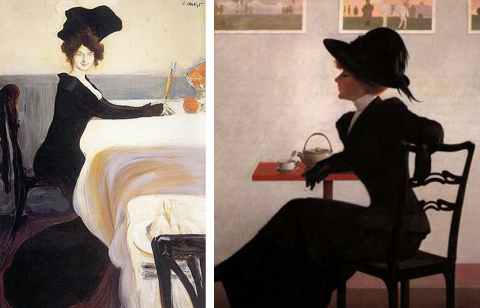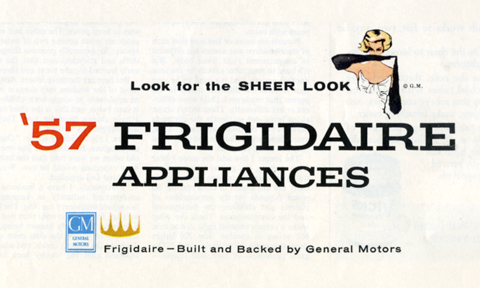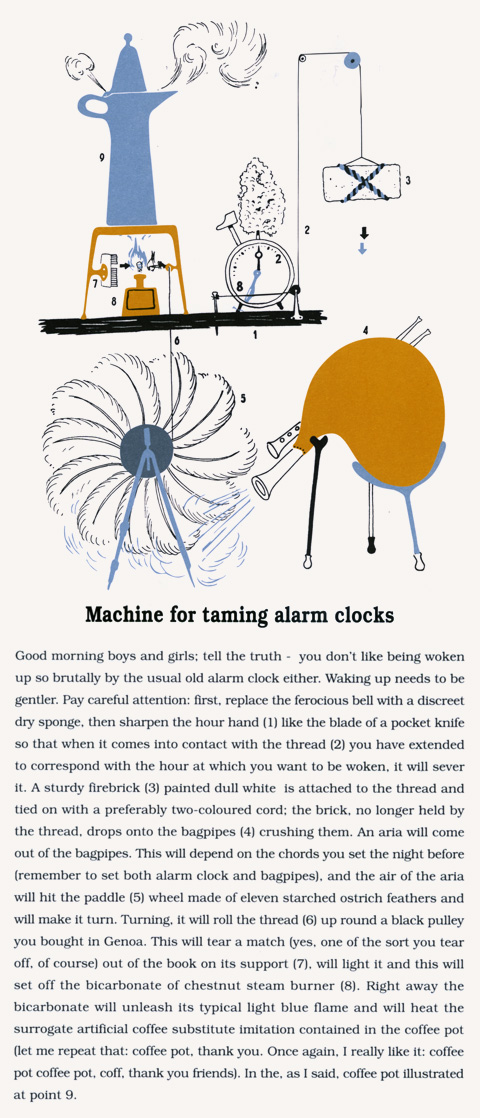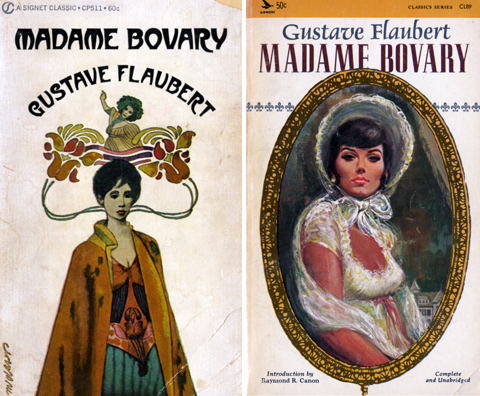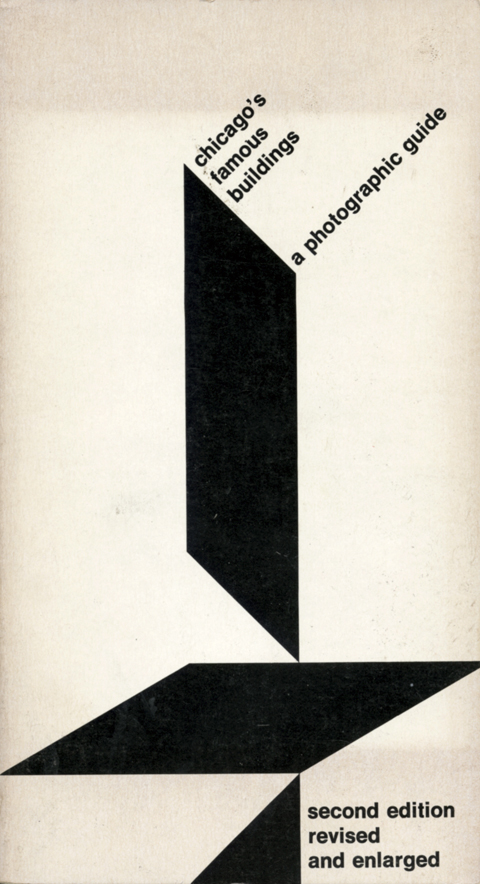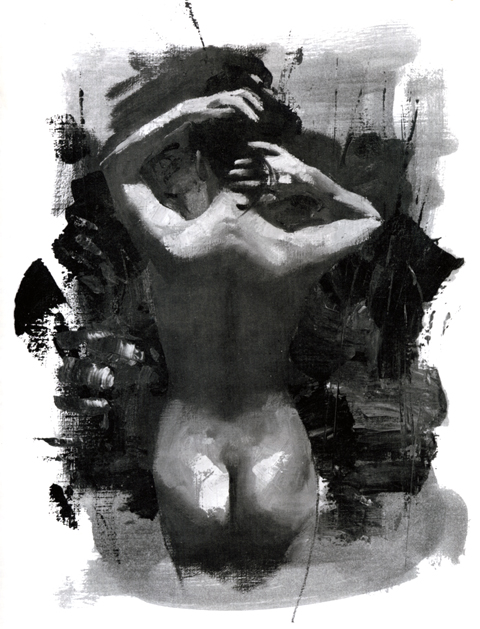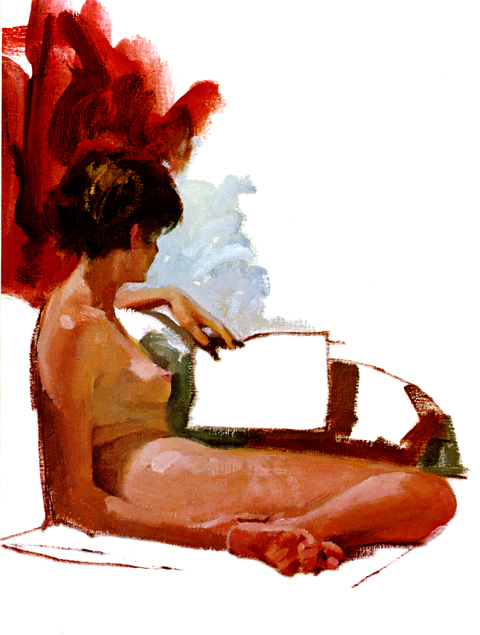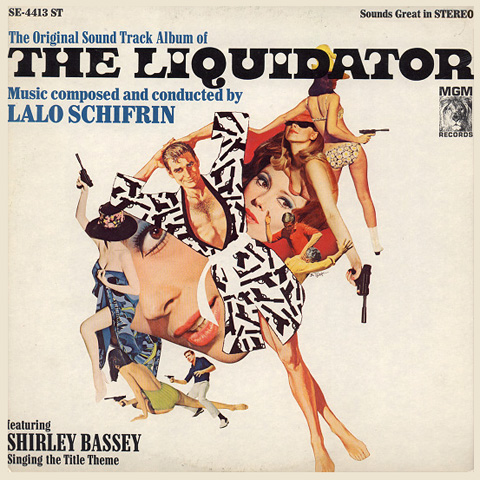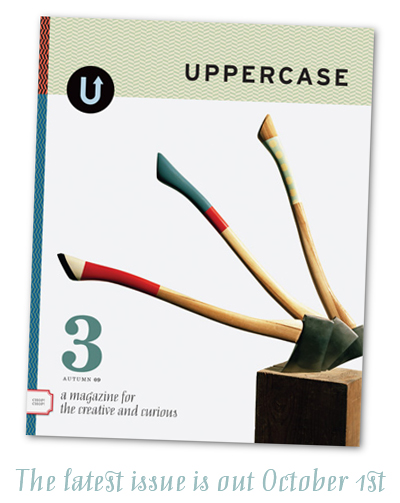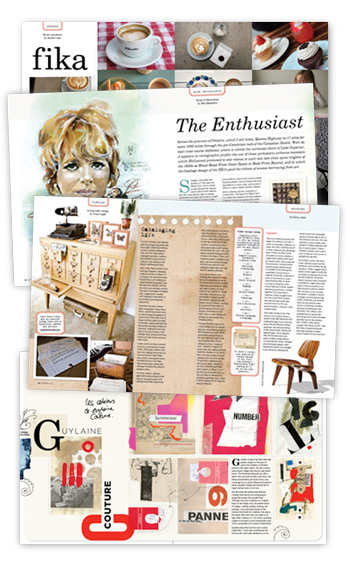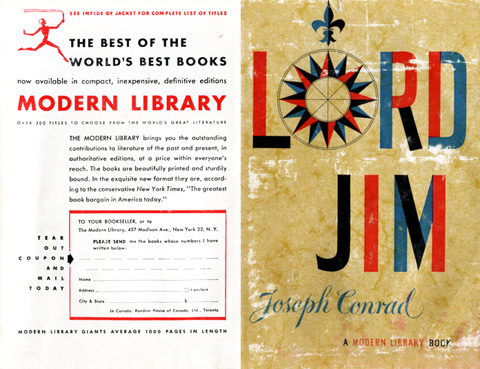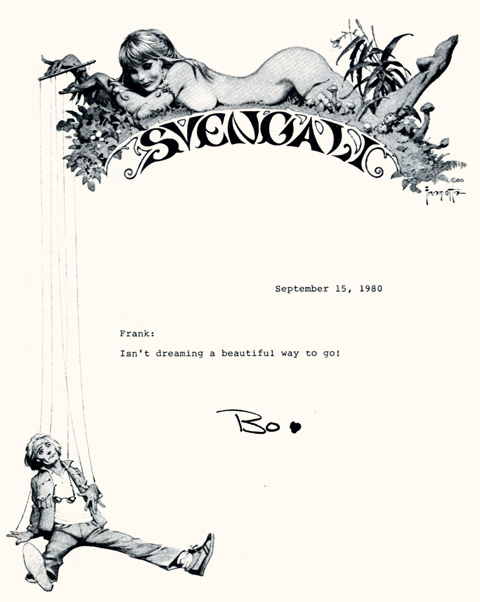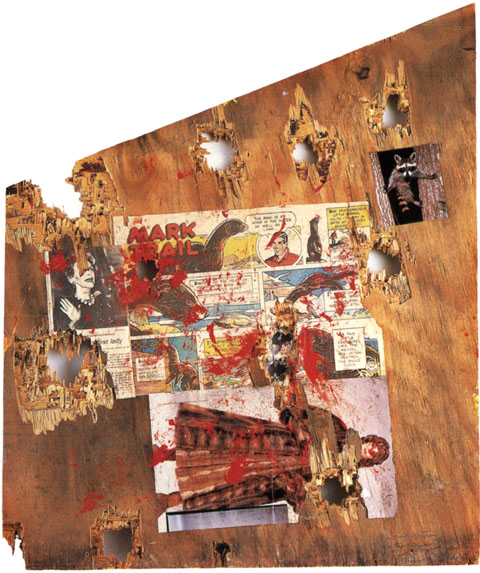
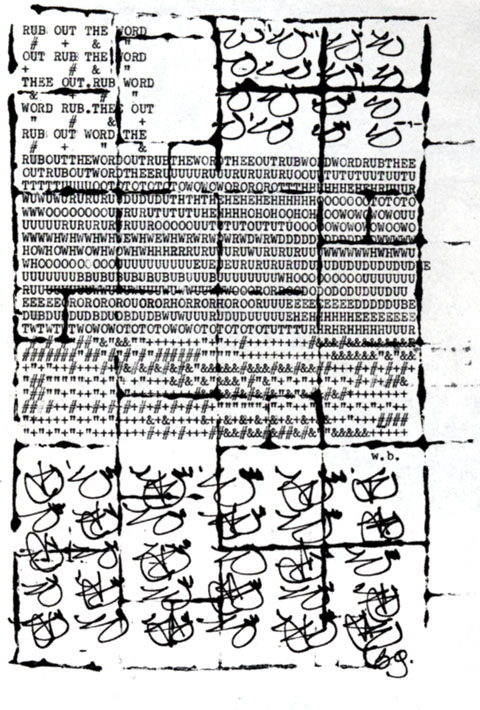
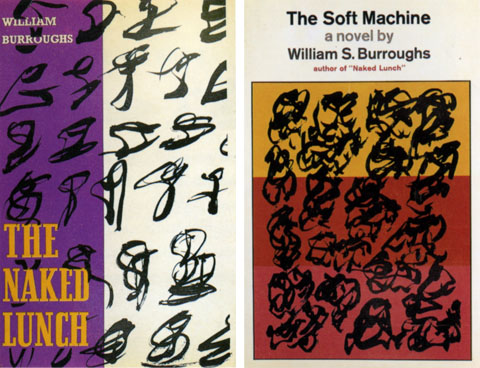
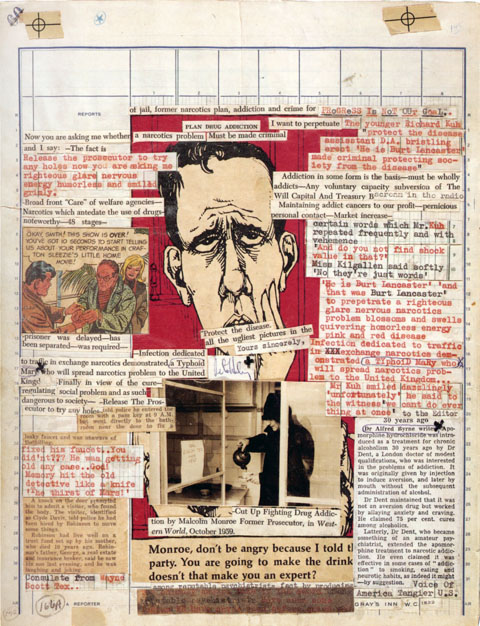
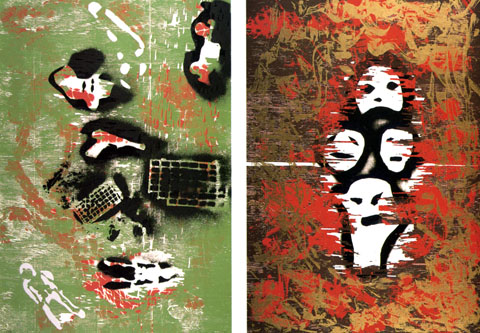
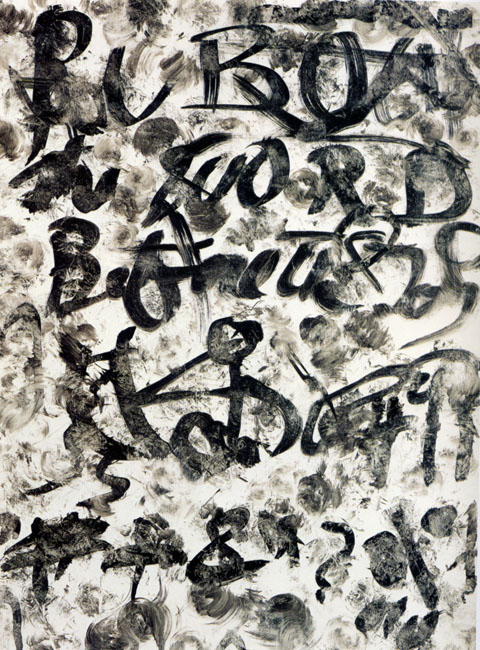
Visual art was part and parcel of William S. Burroughs‘ entire creative project. While the writing and the biography dominated people’s perception, his creative efforts encompassed art, graphics, calligraphy, type, photography, film, assemblage, poetry, spoken word, and music.
Culture itself was his medium. For most artists this claim would be, on its face, pretentious or megalomaniacal (it feels pretentious just writing that sentence.) Burroughs was deeply sincere about it, and he pursued it with a single minded, deadpan sincerity. The cut-up was, broadly speaking, the method that he employed wherever he turned his attention. In the visual arts, that resulted in work that anticipated or was sympathetic with many fundamental currents in post-war modern art and design.
His art evolved in a fluid series of phases. The earliest work is essentially calligraphic and typographic. Words degrade into gestures and gestures gather up into words – the notion being that there is less distance between these two states that we think. Legibility and meaning are powerful, yet fragile forces – easily dissipated, scattered, and reconstituted. This notion runs through everything Burroughs does.
Grid systems feature prominently in his work. Most striking is his adoption of newspaper layout blue-lines as a background on which he composes gonzo gazettes. Late in his life, after his retirement to Lawrence, Kansas to live among his thoughts and his cat army, he wanders into Robert Rauschenberg territory, shotgun in hand.
The results, his shotgun paintings, are my personal favorites – fine pop art stuff, paint splatters, comics, etc… The shotgun as a brush is both completely adolescent and yet congruent with his serious desire to blow up meaning and structure and read the resulting tea leaves. Also during this period he does a “spooky stencil” thing that I get, but falls a bit flat aesthetically (but does anticipate the original opening credits for the X-files.)
The work was collected in a great monograph called Ports of Entry: William S. Burroughs and the Arts, out of print but available, here. Also, highly recommended is the biography Literary Outlaw by Ted Morgan. It includes the following exchange: Person to Burroughs “You look like a walking corpse…” Burroughs: “Yes… but not all corpses can walk” Heh.
Mink Mutiny (recto) 1987
with Brion Gysin, Untitled (Rub Out the Word) 1965
Dust jacket illustrations for Naked Lunch, 1959 and Soft Machine, 1966
with Brion Gysin, Untitled (Addiction Plan) 1965
Envy, Gluttony, from the Seven Deadly Sins, 1992
Rub Out the Word, 1989
